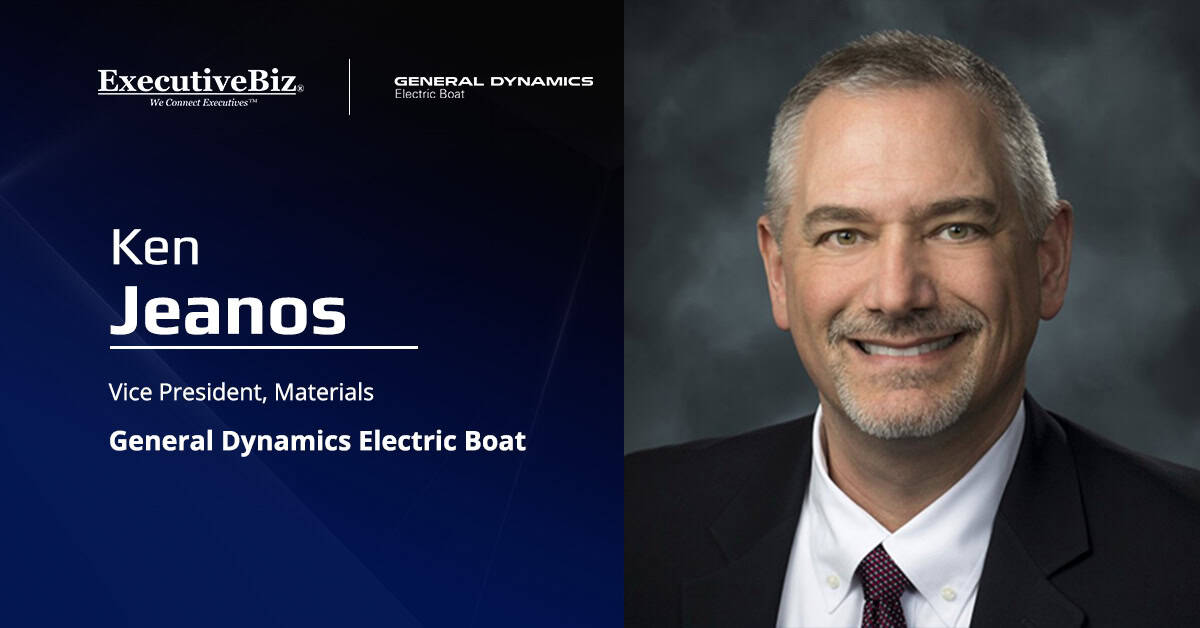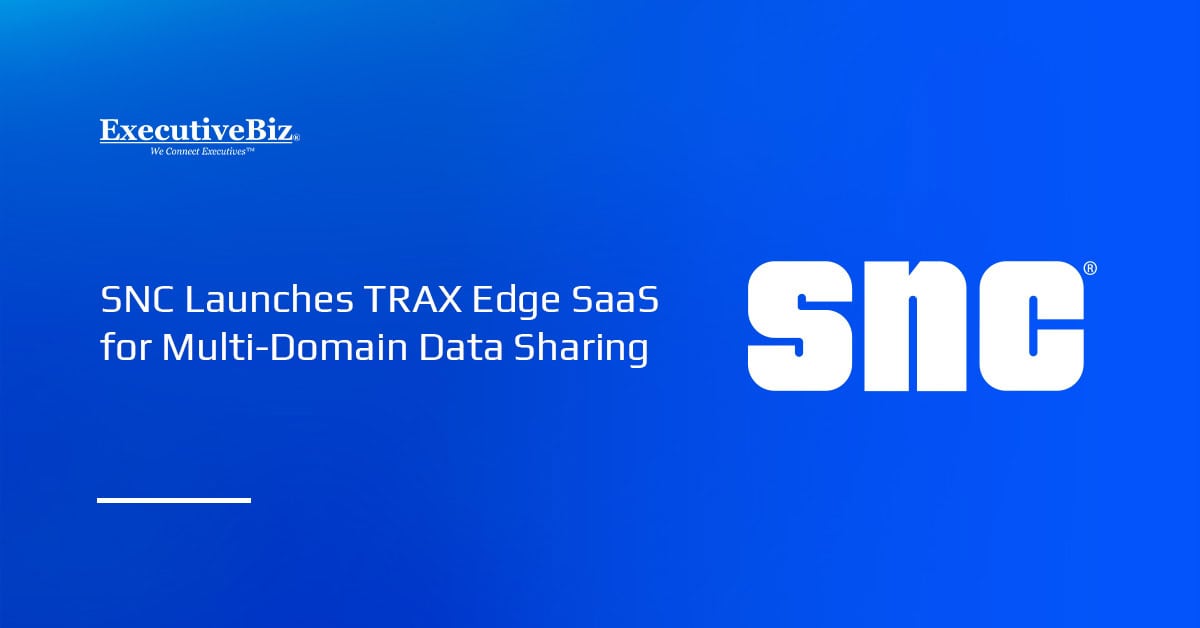Jay Meil, vice president of artificial intelligence and data analytics at SAIC, said the first phase of the AI revolution is about building smart models, but the second and more consequential phase centers on developing smarter systems designed for long-term success.
In a blog post published on the SAIC website, the executive identified the six principles to guide the deployment of AI for government missions.
SAIC’s Guiding Principles for AI Deployment
According to Meil, the future belongs not to organizations with the most powerful AI models, but those that see the technology as an infrastructure. The first principle emphasizes the importance of elevating AI to infrastructure status to ensure mission alignment, enhance resilience and achieve the scale necessary to meet operational needs.
The second principle is about modularity. The technology expert said SAIC’s Composable Intelligence architecture ensures that AI models are interoperable. Each AI model can be combined, upgraded or replaced as new capabilities emerge and old systems grow obsolete.
The next principle advises against treating security and compliance as a checklist. At SAIC, Meil shared that governance is embedded into the DNA of every AI interaction. Every model is authenticated and audited so that users know and understand AI decisions.
SAIC also designs its AI for the modern battlefield, with all components assuming adversarial conditions to ensure optimal performance at peacetime and when under attack. The company integrates mechanisms throughout the AI infrastructure to detect data poisoning, input manipulation and confidence adversarial campaigns.
The fifth principle has to do with AI trust, which Meil said should be tangible and measurable. SAIC provides customers with tools to verify performance and reinforce trust. The company continuously updates trust scores based on real-world performance rather than laboratory benchmarks.
Finally, SAIC’s approach to AI balances flexibility with control. The executive explained that modern missions require systems that can adapt quickly. SAIC’s semantic flexibility architecture enables users to reconfigure AI workflows in real-time without the need for model reengineering to match evolving mission needs. The company also maintains human oversight to ensure accountability.





